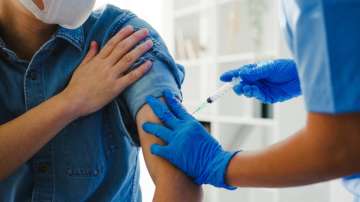US researchers are exploring the challenges and outlining approaches to develop mucosal vaccines for respiratory viruses, according to a statement of the US National Institute of Health (NIH). Vaccines that provide long-lasting protection against influenza, coronaviruses and respiratory syncytial virus (RSV) have proved exceptionally difficult to develop, said the NIH on Wednesday.
Flu, RSV, SARS-CoV-2 and "common cold" coronaviruses share several characteristics that enable them to cause repeated re-infections, including very short incubation periods, rapid host-to-host transmission and replication in the nasal mucosa rather than throughout the body, Xinhua news agency reported.
A next generation of improved vaccines for mucosa-replicating viruses will require advances in understanding on several fronts, according to NIH researchers. More must be learned about interactions between flu viruses, coronaviruses and RSV and the components of the immune response that operate largely or exclusively in the upper respiratory system.
Over time, these interactions have evolved and led to "immune tolerance," wherein the human host tolerates transient, limited infections by viruses that are generally non-lethal to avoid the destructive consequences of an all-out immune system attack, according to the researchers.
Mucosal immunisation appears to be an optimal route of vaccination for the viruses of interest, according to the NIH. However, to develop useful mucosal vaccines, significant knowledge gaps must be filled, including finding ideal vaccine formulations; determining dosage size, frequency and timing; and developing techniques for overcoming immune tolerance.
